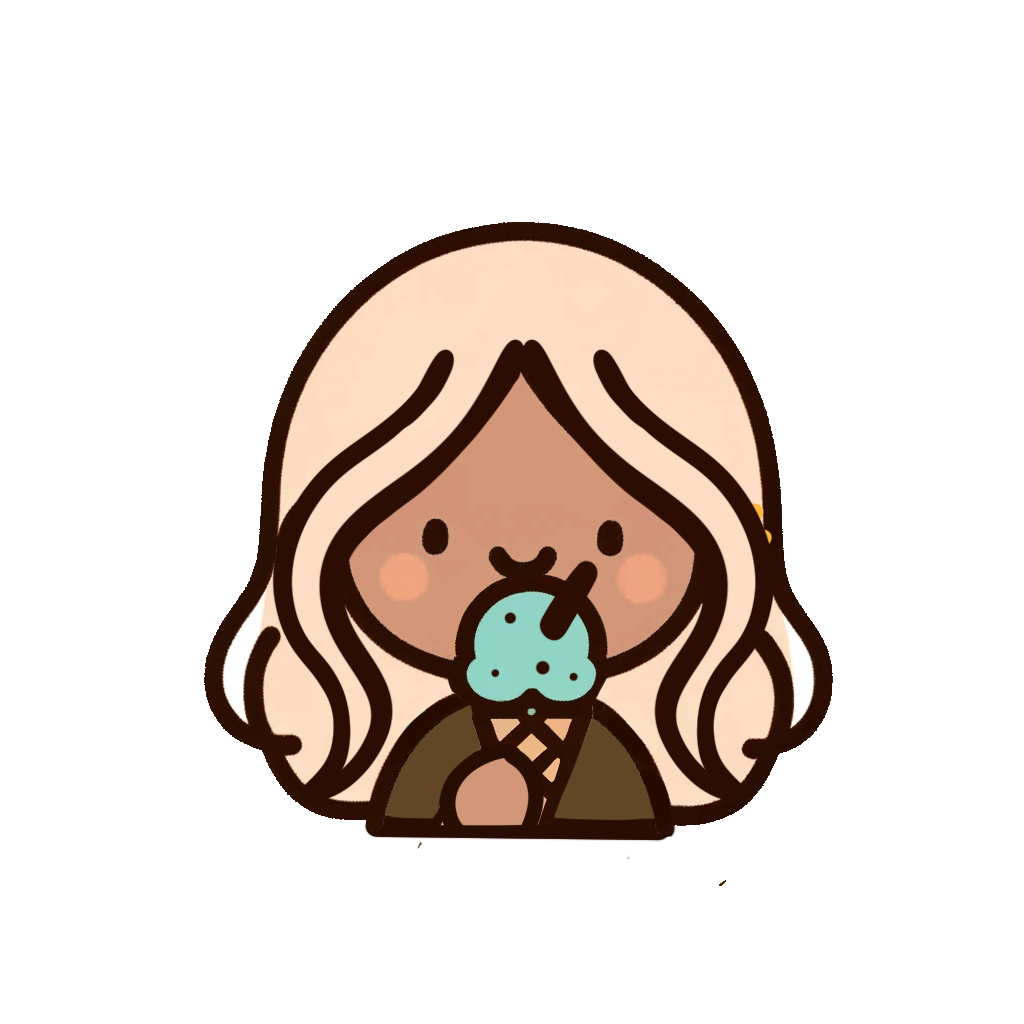Sentence structure
With notes!
English is a SVO language, meaning we also start with the subject. We follow up with the verb, then object.
Japanese is a SOV language, which means the sentence starts with the Subject, followed by the object and then the verb comes last.
| English Leila eats ramen. | Japanese Leila ramen eats. |
Let’s break it down!
The Subject
The subject is the ‘thing’ performing the action in the sentence. Let’s look at some examples, with both Japanese and English structuring.
| It is a book. It a book is. | She is a ballerina. She a ballerina is. |
| My dog sleeps with a teddy. My dog with a teddy sleeps. | The student is tired. The student tired is. |
If you find identifying the subject hard, you’re not alone! You’ll get better at it in time! Until then, here’s a tip!
Both languages start with the subject. I would say, roughly 70% of the time, you start your Japanese sentence how you start your English. There are exceptions to this, especially when questions come into play!
The Object
Talking accurately: The ‘object’ that is being acted upon.
Or even more simply: The ‘thing’ that is being ‘verbed’ (yes, that is not a word).
And even more simple: Although there are rules and orders that are best to follow (that you’ll learn as we go along), I once heard the ‘object’ described as ‘find the subject, find the verb and chuck everything else in the middle’ (maybe it wasn’t described so casually…), and it’s a good place to start!
Let’s look at some object examples in English and Japanese. We’ll keep the subject in teal:
| She ate a sushi roll. She sushi roll ate. | He didn't do his homework. He homework didnt do. |
| My mum drinks coffee. My mum coffee drinks. | My Japanese teacher made a Japanese course. My Japanese teacher Japanese course made. |
I once heard somebody say the sentence structure for Japanese is a bit like Yoda from Star Wars talking!
The verb
A verb is a doing word, which makes it quite easy to identify. There are a few difficult ones to identify if you don’t know what to look for… for example, Existing/ being is an action. Therefore ‘is’..is a verb.
| The cat drank milk. The cat milk drank. | The chef cooked gyoza. The chef gyoza cooked . |
| The kids ran to school. The kids to school ran. | The lawyer went to work The lawyer to work went. |
If you’re ever struggling with sentence structure, the verb is usually the easiest part to identify! You can work back from there!
Let’s practice!
Drag the words to the bottom boxes to arrange the sentences into SOV.




